Unflashy, unfazed and built to last: Mavic’s flagship Allroad SL Carbon gravel wheels reviewed
After years of turbulence, the French wheel pioneer is back with a refined, all-condition carbon wheelset that proves that durability never goes out of style
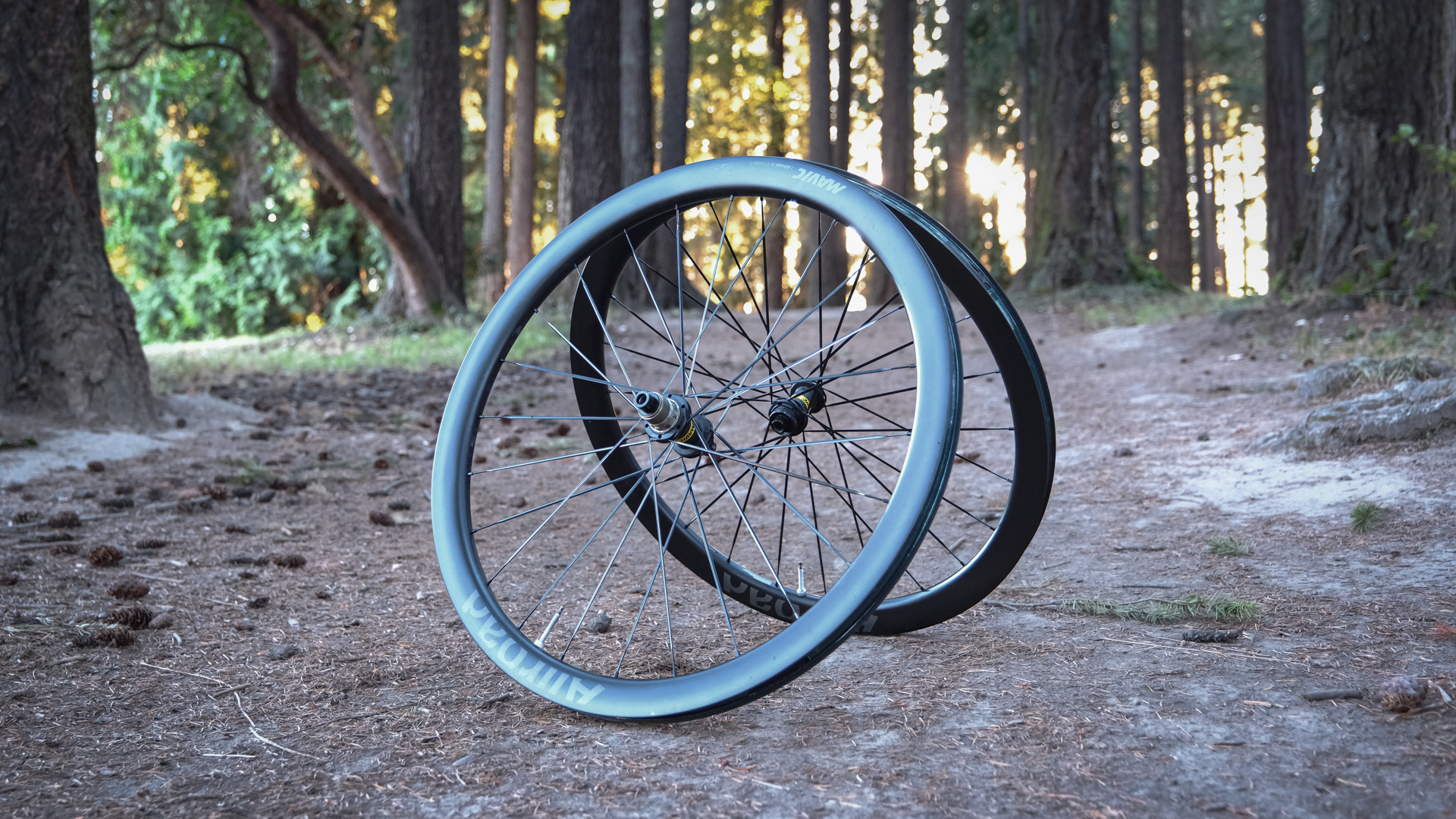
The Mavic Allroad Pro SL Carbon isn’t the lightest, fastest or best-value wheelset in its class, but it’s a solid, confidence-inspiring option with a refined ride feel and a clear emphasis on durability. It’s engineered to last, with serviceable hubs, bombproof carbon rims and an attention to practical details that’s easy to appreciate once you’ve spent time with them. If you’re after a reliable, all-condition performer that’s responsive yet comfortable and built to take a beating, the Allroad Pro SL Carbon is worth a look. Unflashy, unfazed and utterly dependable — a quiet reminder of why we all rode Mavics back in the day.
-
+
Bombproof
-
+
Easily serviceable
-
+
Responsive yet comfortable
-
+
Reliable
-
-
Not particularly light
-
-
Non-HG hubs are sold separately
-
-
No extra spokes or nipples included
You can trust Cycling Weekly.

Every cyclist has brands that defined their early riding days, and for me, Mavic was one of them. When I think of Mavic, I think of muddy cyclocross races; long, wet winter training rides; that one red or yellow spoke catching the eye; and sci-fi-sounding names like Ksyrium, a word I still don’t quite know the meaning of.
Mavic is one of those iconic brands that transcends eras. Whether it’s spotting those yellow neutral service cars at the Tour de France or recalling the countless team training rides you once endured, Mavic tends to be part of cycling’s collective memory.
Founded in 1889 by brothers Léon and Laurent in Lyon, the French marque helped shape the modern wheel as we know it. It pioneered the first anodized alloy rims, the hooked bead, and the UST tubeless system. But even legends can falter. After years of turbulence and a near-collapse in 2020, Mavic was rescued by the Bourrelier Group and has since been quietly rebuilding, with renewed focus and a North American presence in idyllic Waterbury, Vermont.
I hadn’t swung a leg over a Mavic wheel since the heyday of the Ksyriums. But the brand has been an unmissable presence at tradeshows and races across the United States, so it was time to see what Mavic’s been up to.
The aluminium offerings earned strong reviews last year, but can the reborn Mavic recapture its old magic while keeping pace with today’s all-road demands? Let's find out.
Meet the Mavic ALLROAD SL CARBON
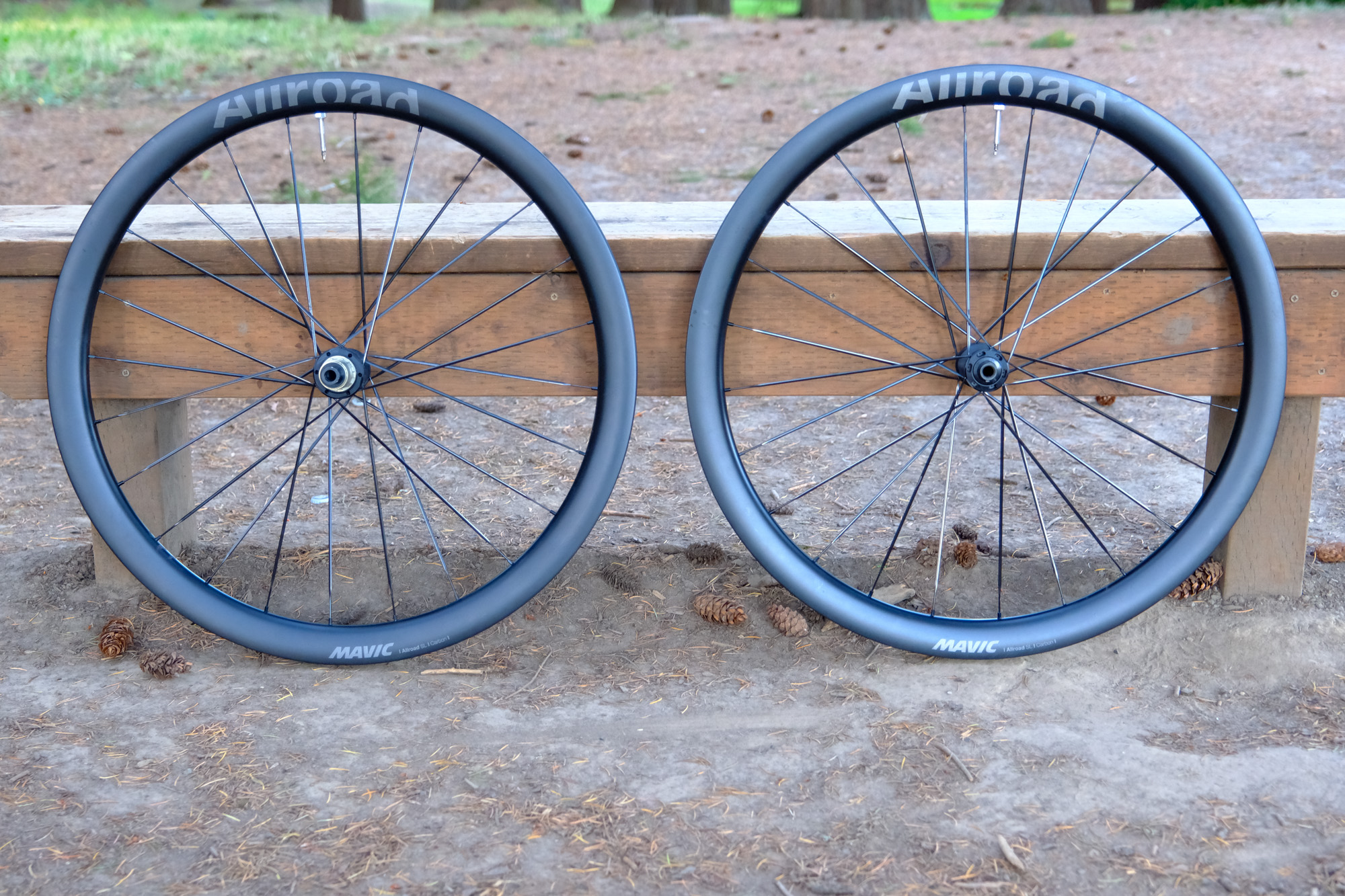
Mavic bills its top-tier gravel offerings as "your best companion for your fast and furious gravel adventures."
These are the wheels the French gravel champions Axelle Dubau-Prévôt and Hugo Drechou have been riding all season at Unbound and in Gravel Earth Series and the UCI Gravel World Series races.
Built for the unforgiving, mixed-surface punishment of modern gravel racing, the Allroad Pro SL Carbon wheels feature unidirectional carbon-fibre rims paired with double-butted spokes and Mavic’s proprietary Infinity hubs.
The latest race content, interviews, features, reviews and expert buying guides, direct to your inbox!
The hookless rims are tubeless-ready and, with a 25 mm internal width, optimised for tyres between 30mm and 50mm, though they're said to be able to take tyres up to 64mm (though that may be a stretch).
Specs & Features:
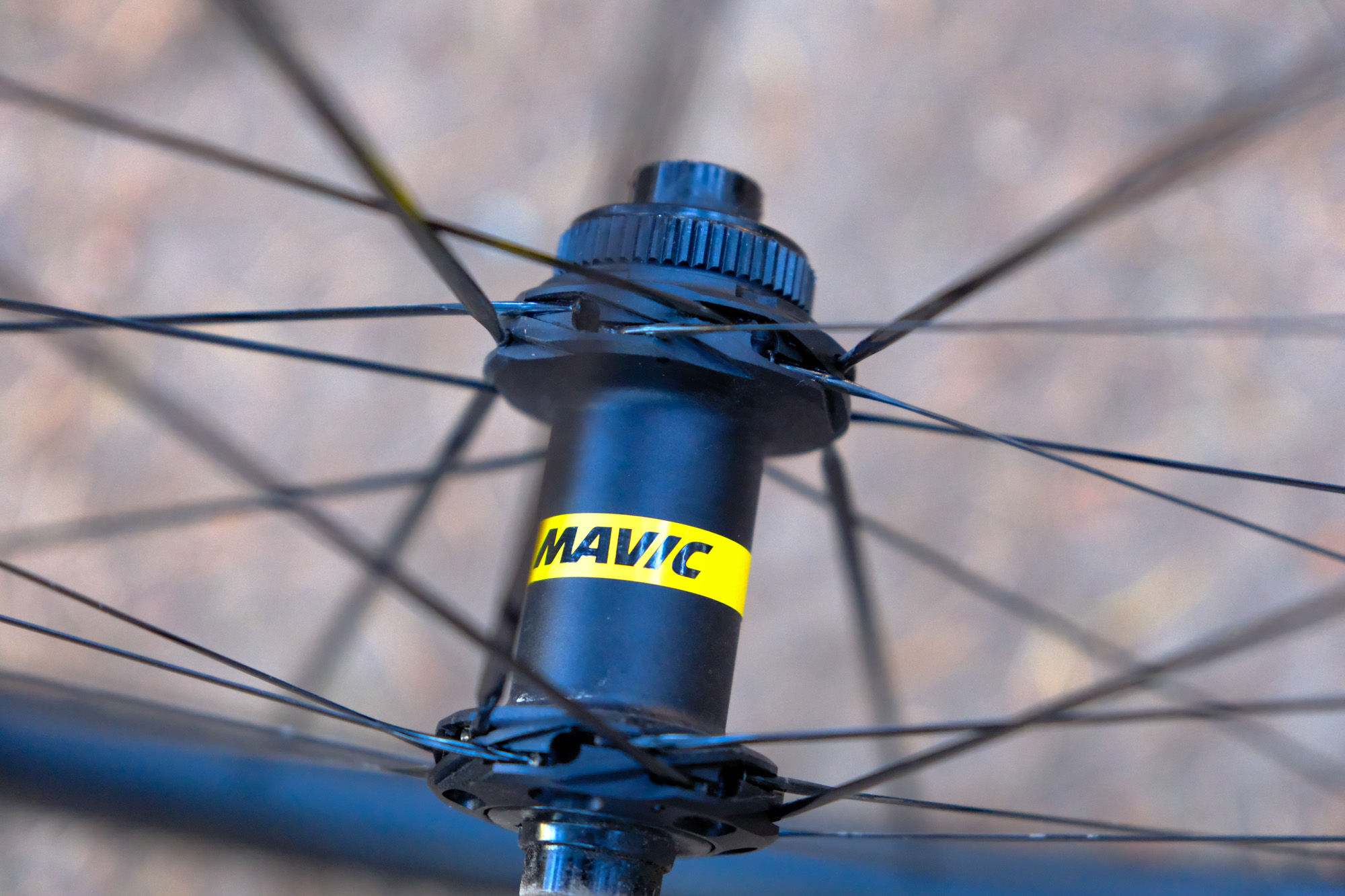
- 42mm deep 'aerodynamic' carbon rim
- 25mm internal width
- Hookless rim
- UST Road Tubeless system with tape
- Tyre compatibility: 30mm–64mm (30mm min @ 59 PSI, 64mm max @ 36 PSI)
- Weight: 1550g (pair)
- 24 double-butted spokes (front & rear)
- Aluminium hubs with auto-adjust sealed cartridge bearings
- ID360 freehub mechanism
- Automatic bearing preload (QRM Auto) – zero adjustment needed
- ASTM Category 2 rating (off-road with <15cm jumps)
- Handbuilt in Europe
- Unique feature: Removable sound damper for quiet or loud freehub sound preference
- MSRP: $1,889 / €1,399 / £1,420
The Ride
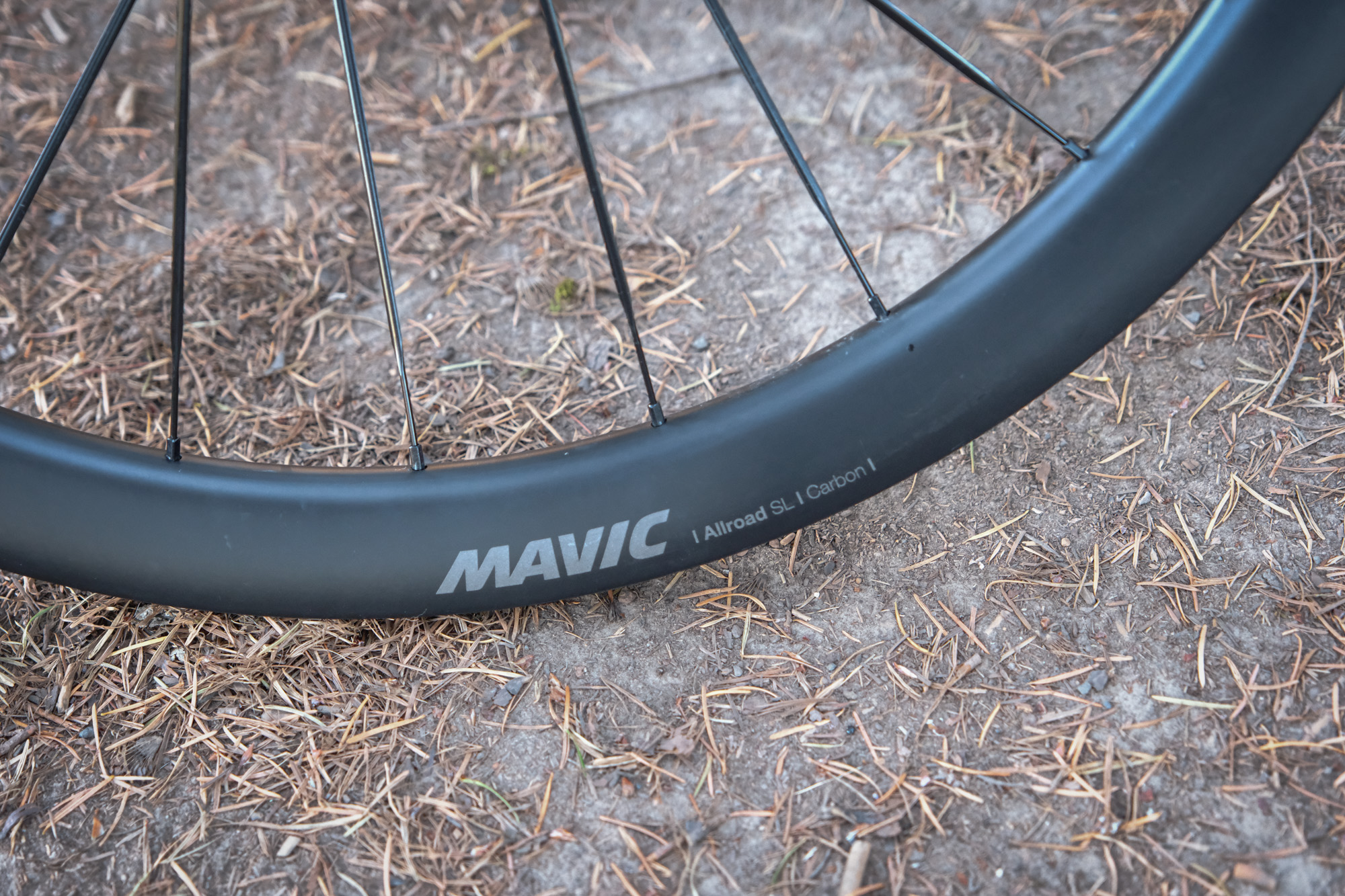
Out of the box, the branding on this wheel is fairly understated: grey logos on matte black rims, no yellow spoke. The only nod to Mavic’s signature colour is a slim yellow ribbon around the hubs. I prefer it this way because the bright yellow tends to clash with more paint jobs than it complements.
Mavic ships these wheels with an HG freehub as standard, meaning SRAM XDR, Shimano Microspline, and Campagnolo bodies must be purchased separately. It’s a small annoyance, but swapping the freehub is straightforward. While you’re at it, you can experiment with one of my favourite Mavic touches: the removable freehub silencer.
Personally, I like my hubs to have either a soft, satisfying buzz or to be as close to silent as possible. If you prefer a louder, bell-negating freehub, removing the silencer is a 30-second job. You simply pull off the freehub body, followed by the spring and the ratchet mechanism. The silencer sits inside the last ratchet ring. Remove the ring and reassemble the hub. The whole process takes less than 30 seconds.
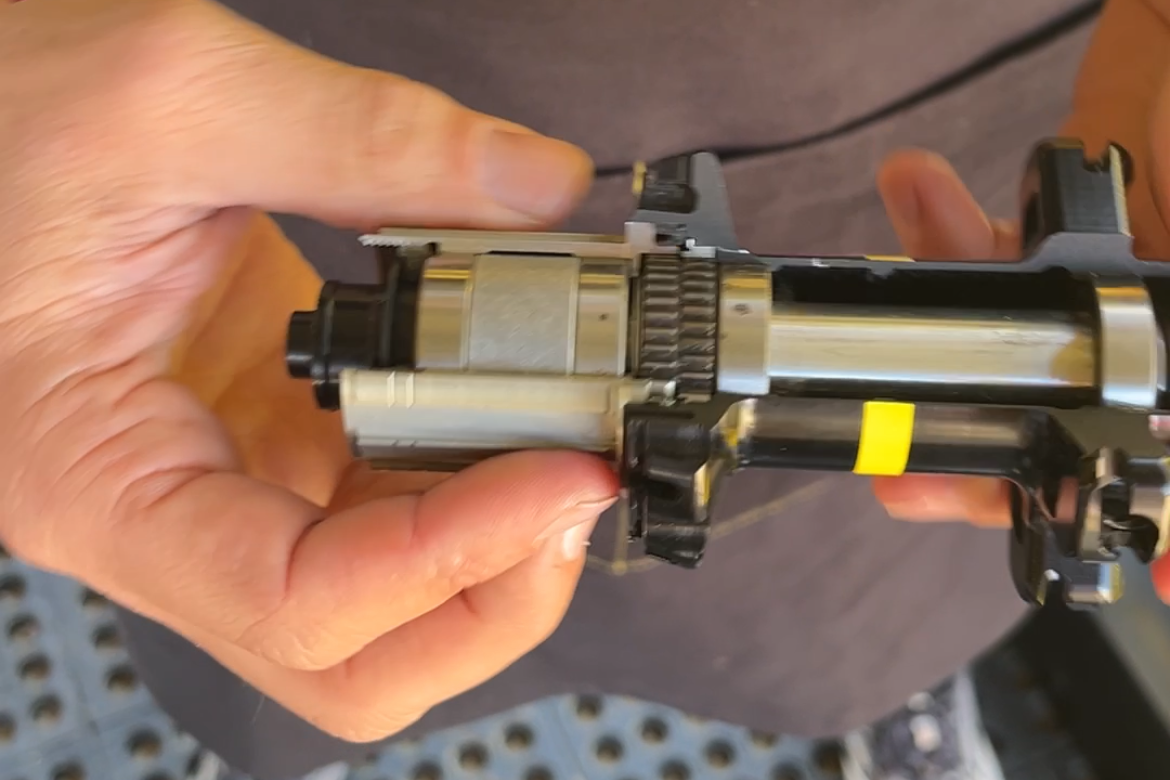
A thoughtful Mavic touch: the hub features an easily removable freehub silencer
The tubeless tyre installation with the pre-installed rim tape and some Muc-Off valves was as easy as it gets. Tyre on, liquid through the valve, inflate, loud pop as the bead slides into position.
Hookless rims, of course, remain a bit of a hot topic. Safety concerns, compatibility limits and scepticism about their real-world benefits have led some manufacturers to return to hooked or semi-hooked designs. Personally, I’ve never had an issue with hookless setups, especially on gravel, where I rarely run pressures higher than 30 PSI, so seeing a hookless rim isn’t an automatic red flag in my book.
During my testing, I mounted various tyre models and sizes on these rims, from 32mm slicks to 50mm knobby gravel tyres, and the wheels performed perfectly fine with all of them. That said, I do think the sweet spot lies somewhere between 42mm and 50mm for ideal tyre shape, handling and efficiency. Anything bigger, and the tyre starts to balloon slightly, rounding off the tread and affecting cornering precision. Anything smaller, and the casing stretches too wide across the rim, resulting in a flatter profile.
I tested these Allroad Pro SL Carbons across all my favourite groads: from the fast, dusty hardpack of Pumpkin Ridge to Crown Zellerback’s slippery mud, through Forest Park’s hidden singletracks, and finally, across the punishing rollers of a very wet and stormy Big Sugar Gravel race.
Like the Ksyriums of old, there was one impression that stood out above anything else: they seem bombproof.
I take good care of my equipment, but I don't go easy on it. On fast group rides and gravel races in particular, you don’t always get to pick your line, and sometimes you hit rocks and potholes harder than you’d like. The last thing I want to worry about is whether my wheels can handle it. These did, without complaint.
They were unflappable on rough gravel, steady on slick singletrack, and composed when the roads turned ugly. They hit that sweet spot between lively and planted: responsive when you’re on the gas, yet sturdy and planted on wet, washboardy roads.
At around 1,550 grams for the set, they’re not particularly lightweight but instead strike a good balance between stiffness, comfort and durability. On smoother tarmac, they feel steady rather than snappy, and once the terrain roughens, they shine in that responsive comfort.
Value & Conclusion
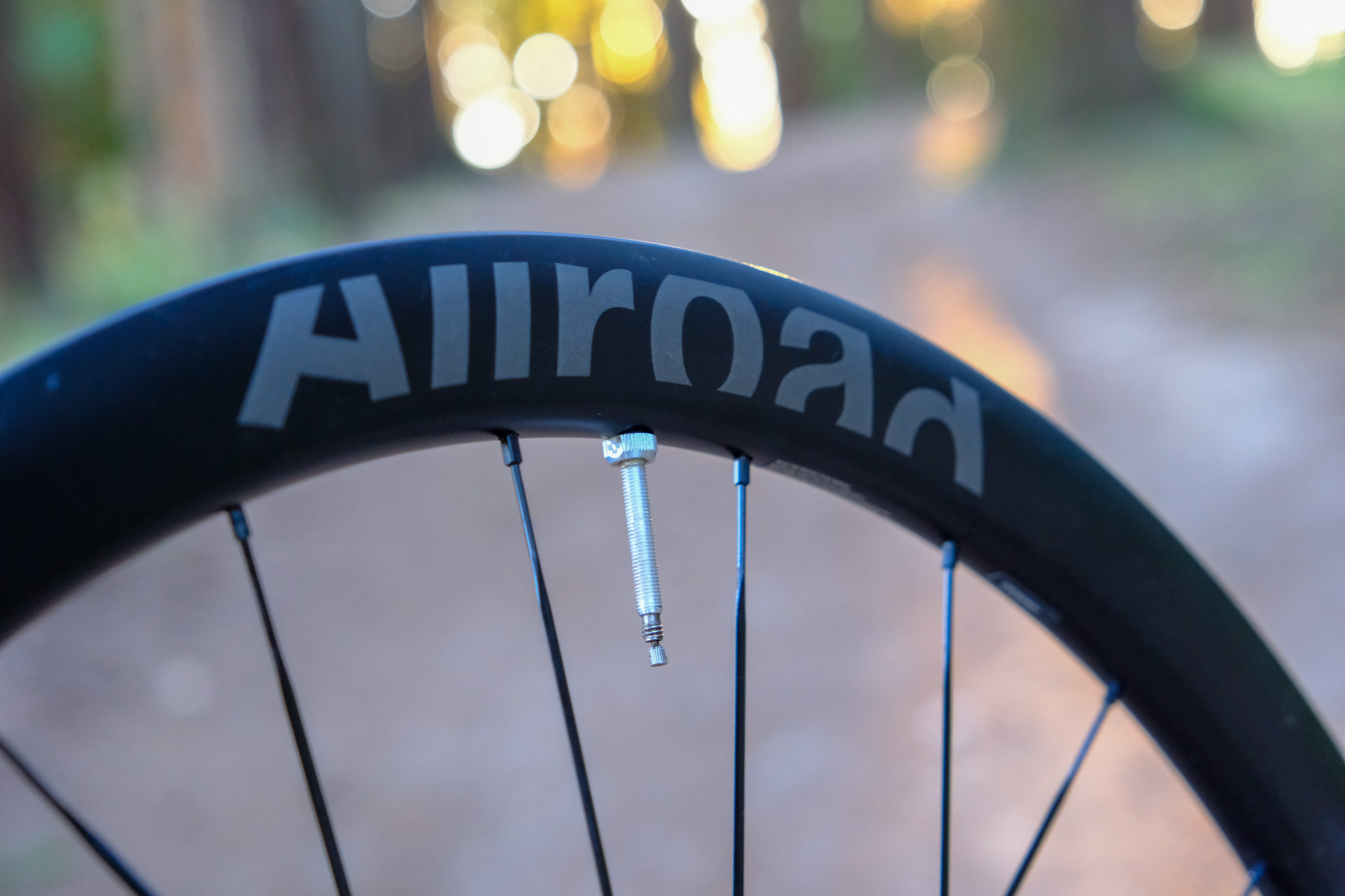
Competition at this $1,889 price point is fierce. Brands like Hunt, Roval and DT Swiss all offer similarly capable wheelsets that are lighter, more aerodynamic and less expensive. For example, Hunt’s 40 Carbon Gravel Disc wheels are about 120 grams lighter, comparably aero, equally wide, yet $340 cheaper.
Still, the Mavic Allroad Pro SL Carbon is a solid, confidence-inspiring wheelset with a refined ride feel and an emphasis on durability. They’re engineered to last, with serviceable hubs, bombproof carbon rims, and an attention to practical details that’s easy to appreciate once you’ve spent time with them.
The Allroad Pro SL Carbon is worth a look if you’re after a reliable, all-condition performer that’s responsive yet comfortable, and built to take a beating. Unflashy, unfazed, and utterly dependable — a reminder of why we all rode Mavics back in the day.
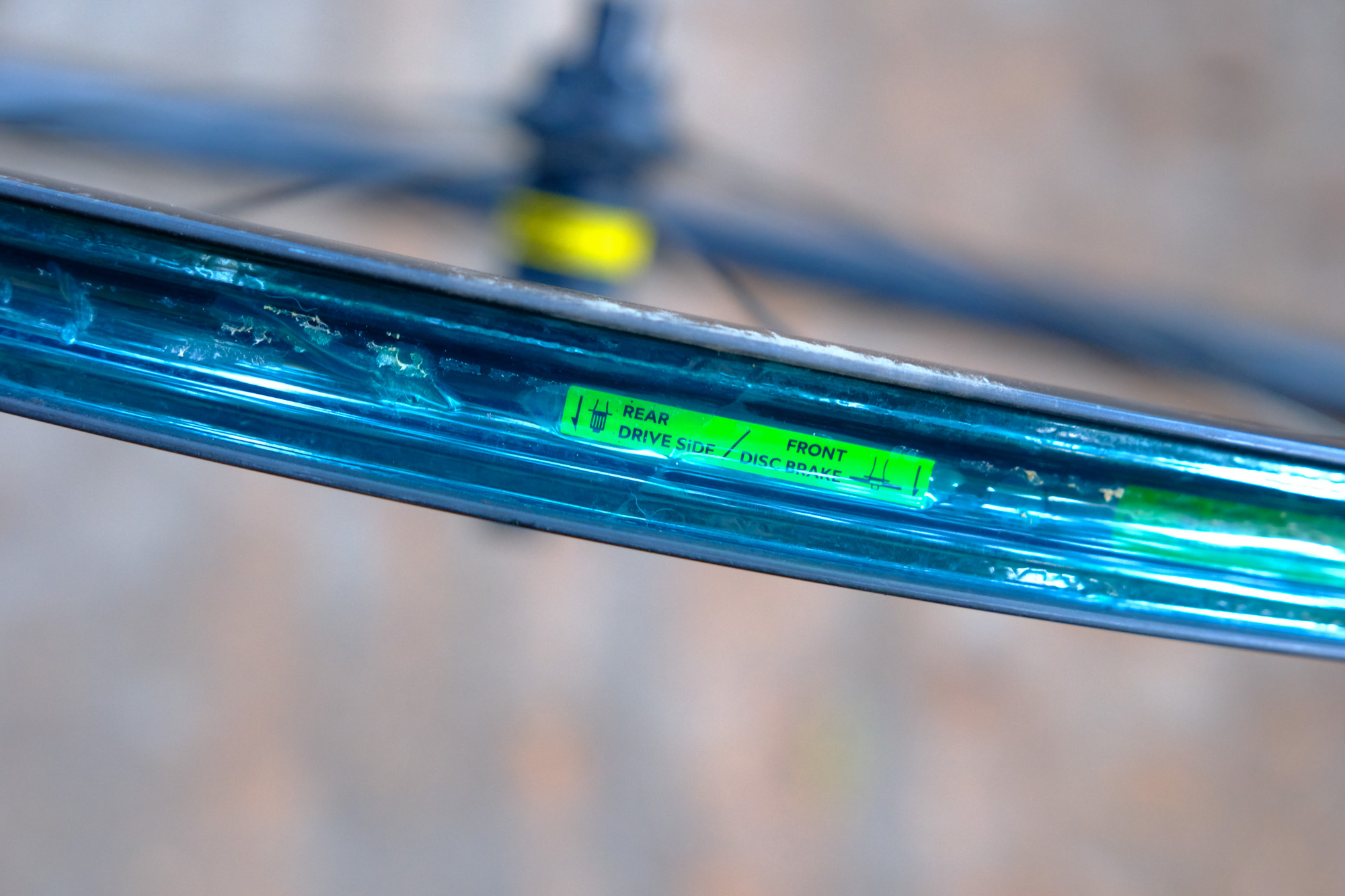
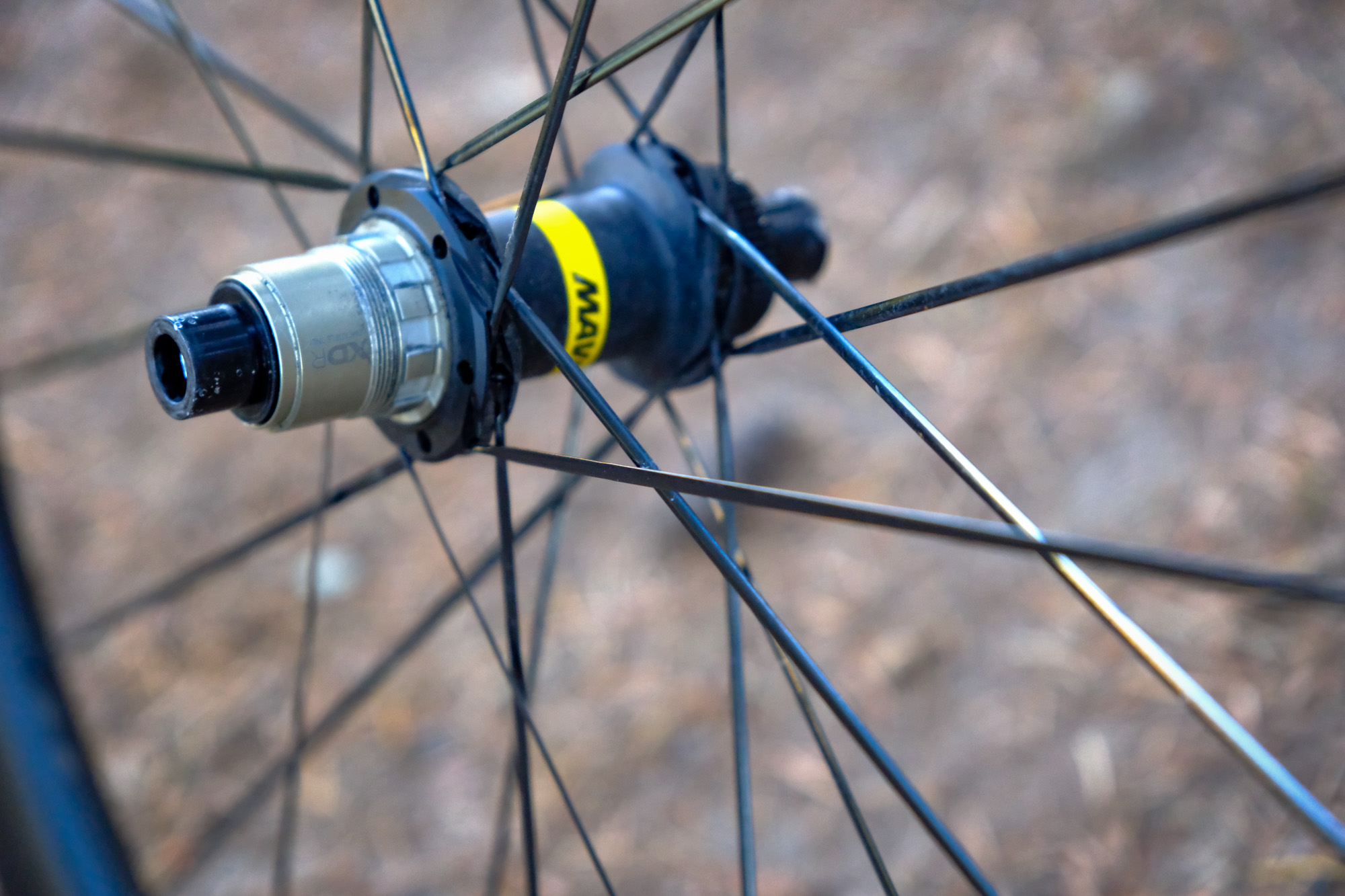
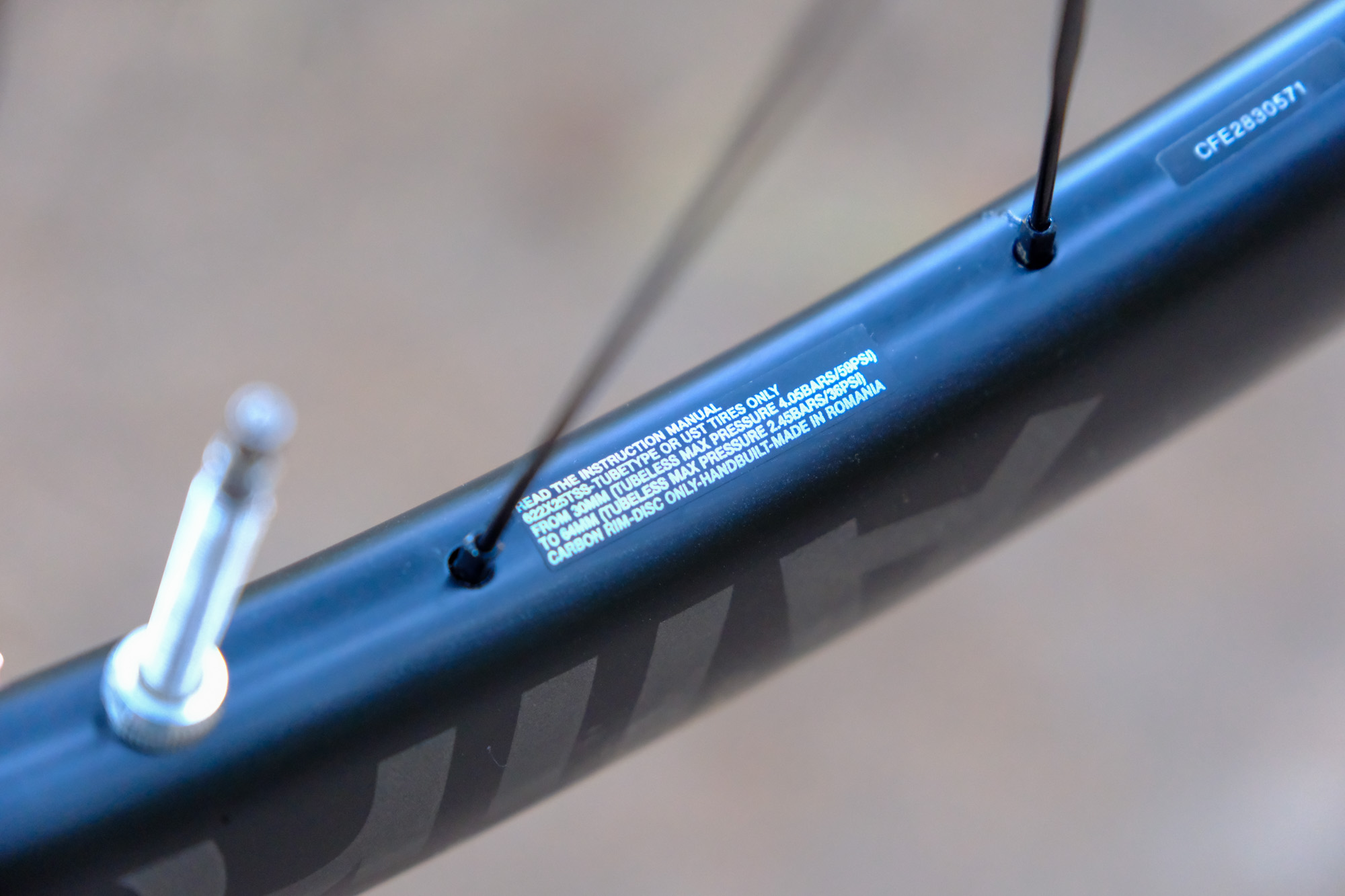
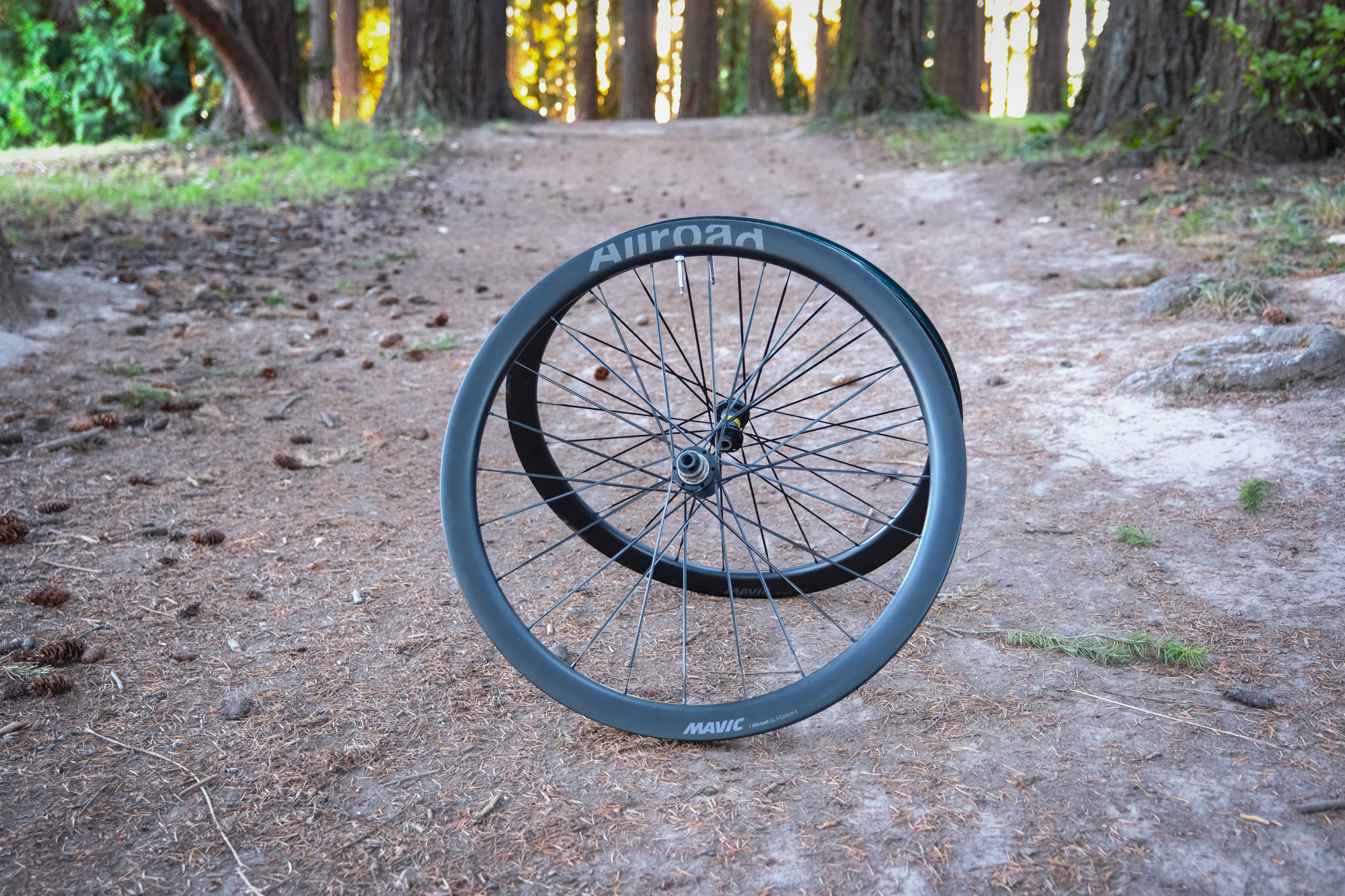


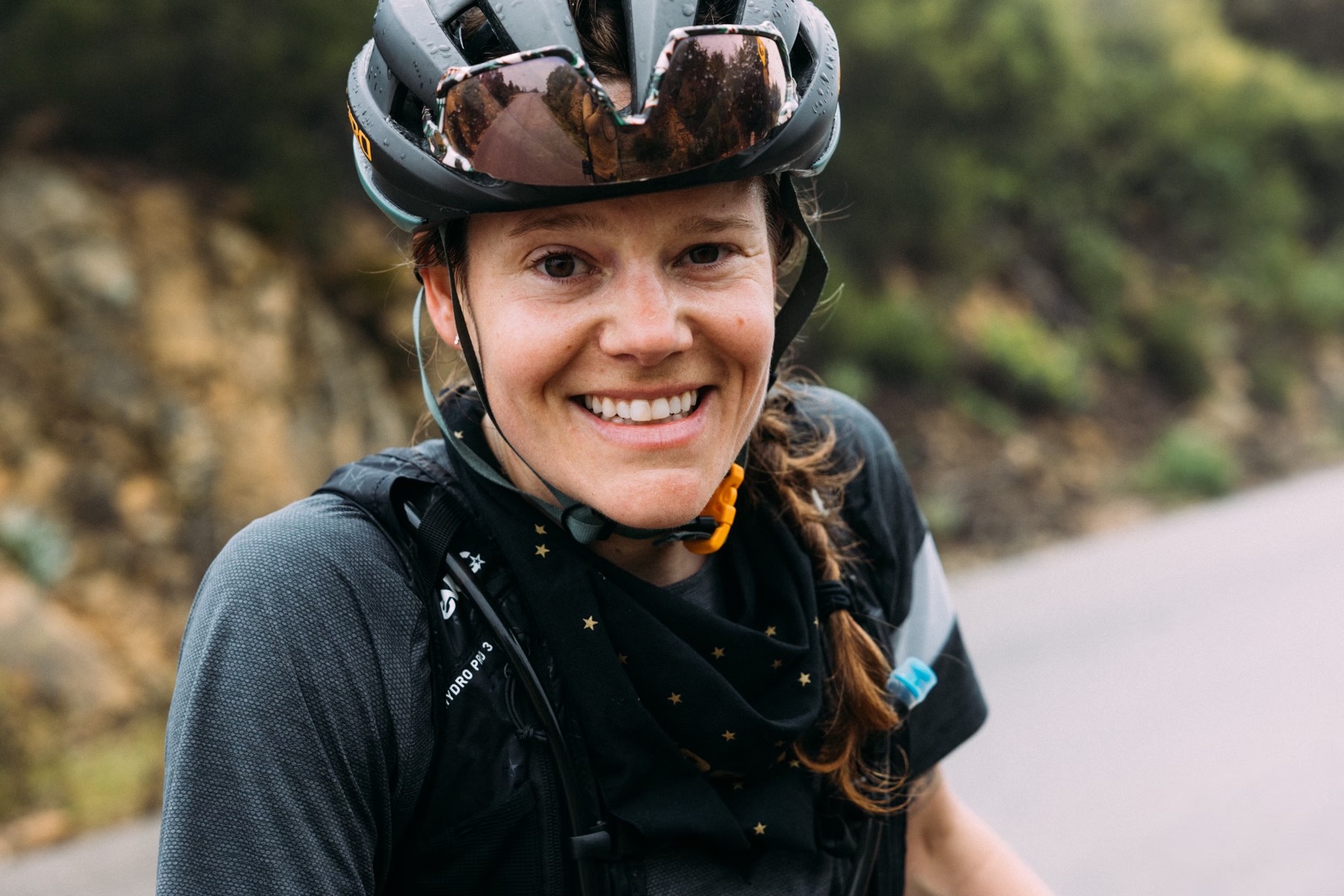
Cycling Weekly's North American Editor, Anne-Marije Rook is old school. She holds a degree in journalism and started out as a newspaper reporter — in print! She can even be seen bringing a pen and notepad to the press conference.
Originally from the Netherlands, she grew up a bike commuter and didn't find bike racing until her early twenties when living in Seattle, Washington. Strengthened by the many miles spent darting around Seattle's hilly streets on a steel single speed, Rook's progression in the sport was a quick one. As she competed at the elite level, her journalism career followed, and soon, she became a full-time cycling journalist. She's now been a journalist for two decades, including 12 years in cycling.
You must confirm your public display name before commenting
Please logout and then login again, you will then be prompted to enter your display name.